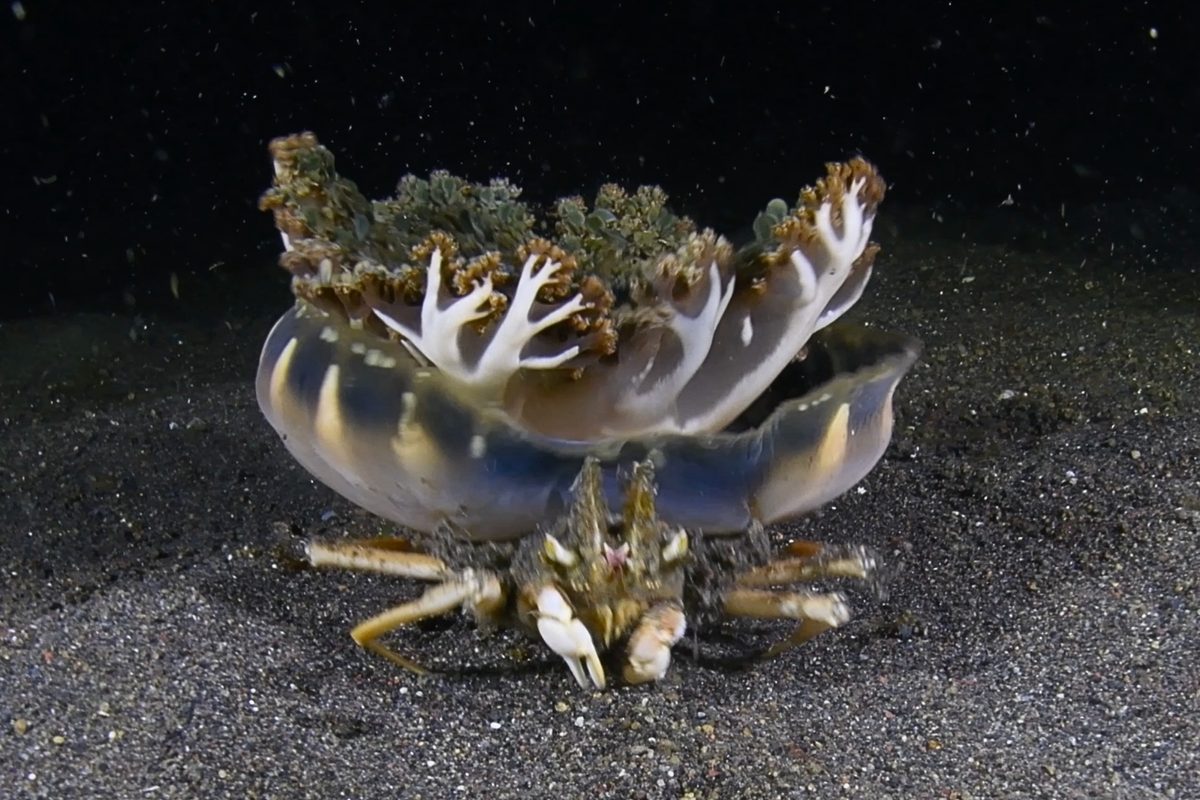The ocean is full of examples of symbiosis – when two creatures have a close relationship, often that benefits them both – but some are more strange than others. In Bali, Indonesia, an underwater photographer spotted a particularly unusual…
Category: 7. Science
-
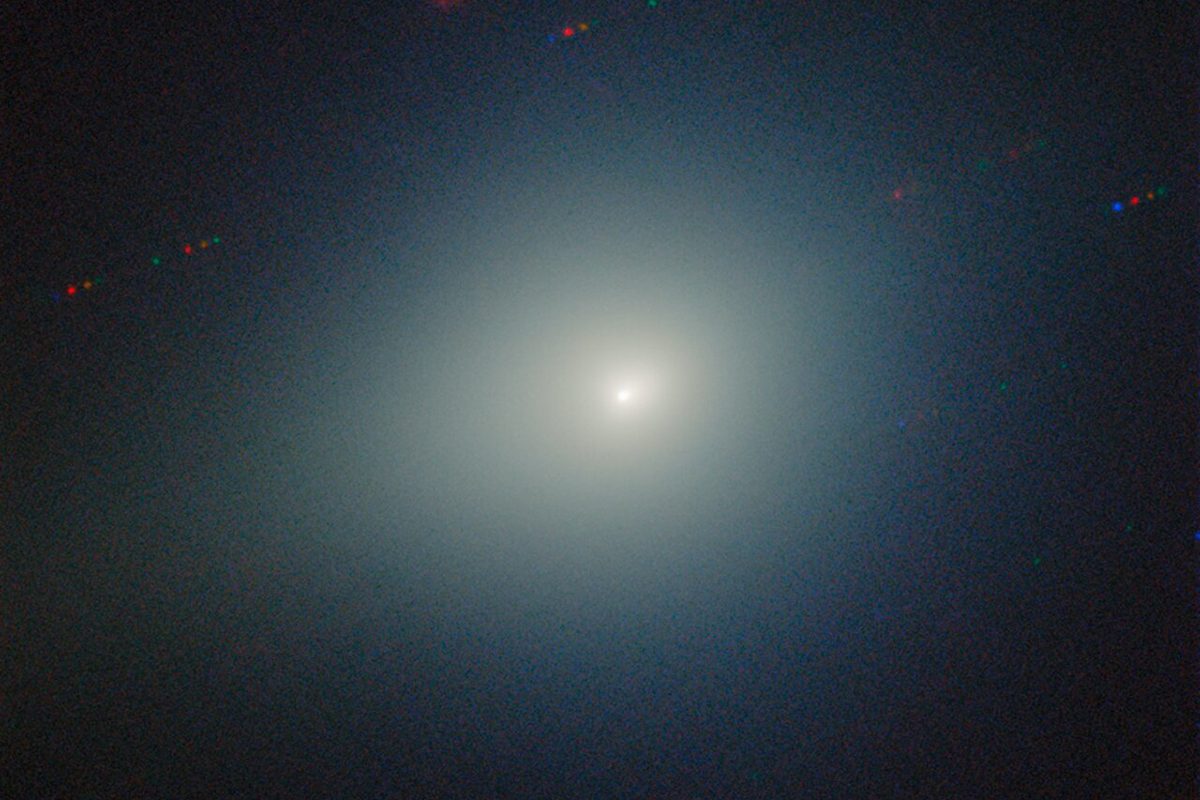
New image of comet 3I/ATLAS shows strange green glow, the effects of its close approach to the Sun
A brand new image has been released showing comet 3I/ATLAS, as observed by the Gemini North telescope.
Comet 3I/ATLAS made headlines in 2025 when it was discovered passing through our Solar System, having formed around a distant star.
It’s…
Continue Reading
-
In pictures: the first ‘supermoon’ across China in 2026 – South China Morning Post
- In pictures: the first ‘supermoon’ across China in 2026 South China Morning Post
- January’s full wolf supermoon and the Quadrantid meteor shower will start off the new year CNN
- Super moon observed in Egypt, Kenya Xinhua
- Mumbaikars kayak…
Continue Reading
-
Chicken biliary exosomes ameliorate lipopolysaccharide-induced hepatocyte injury
Zhang, J. et al. Endoplasmic reticulum stress-mediated cell death in liver injury. Cell. Death Dis. 13 (12), 1051–1063 (2022).
Wang, Y., Zhang, Y., Liu, Y., Xu, J. & Liu, Y. L. Gut-Liver…
Continue Reading
-

New arrangement for protected cropping available | Media releases | Media centre | About
7 January 2026
Agriculture Victoria introduced a new procedure on 5 January to provide a new option for interstate trading of produce from protected cropping systems: Pest Free Production Site for Tomato Potato Psyllid…
Continue Reading
-

Potential Anti-Cancer Fungal Compound Finally Synthesized After 55 Years : ScienceAlert
The fungal compound verticillin A, discovered more than 50 years ago, has long been regarded for its potential cancer-fighting capabilities. Scientists have now managed to artificially synthesize the compound for the first time, meaning they…
Continue Reading
-
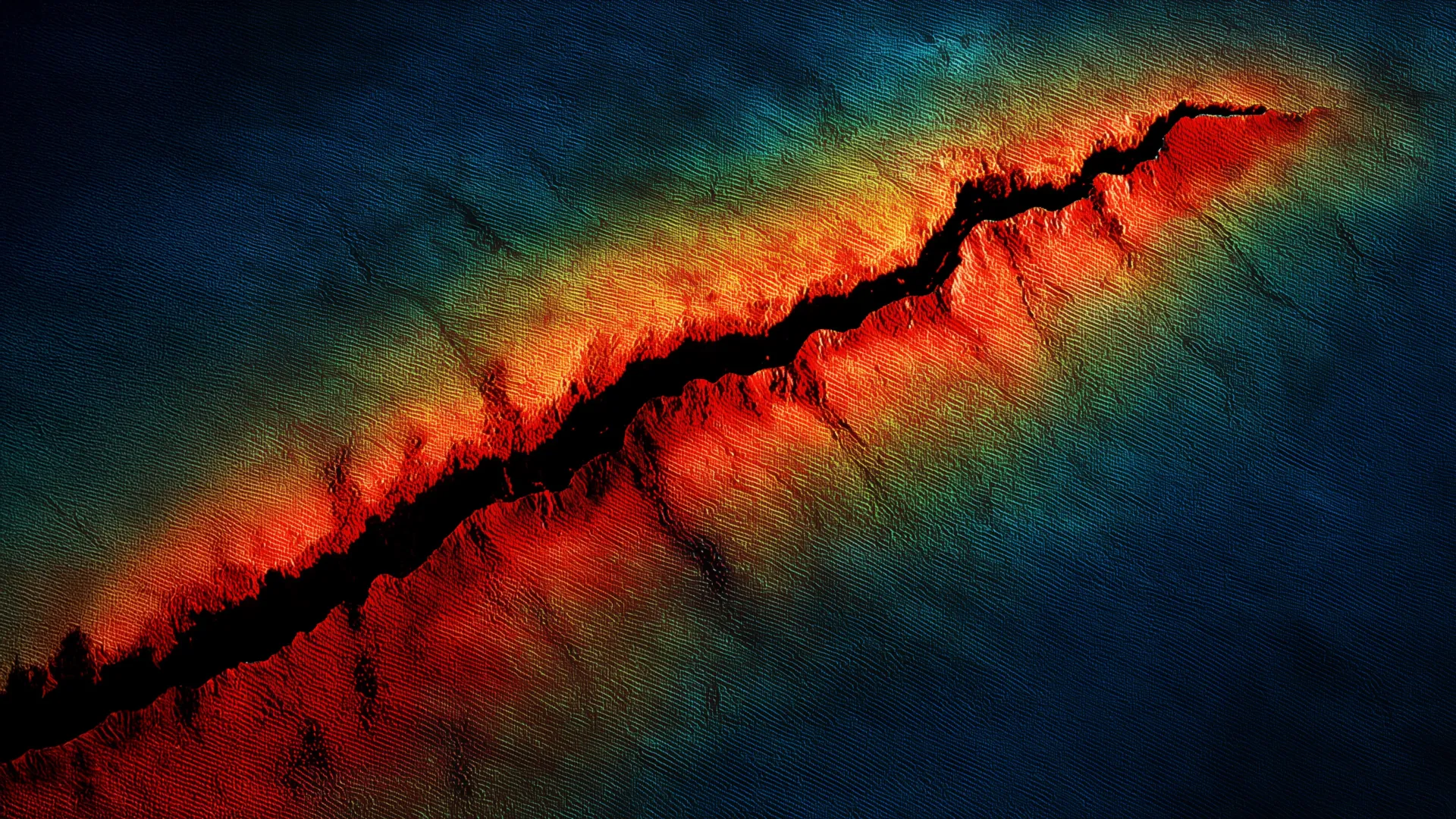
This simple math trick could transform earthquake science
On December 6, 2025, a powerful 7.0 magnitude earthquake struck Alaska. While quakes of that size draw attention, earthquakes occur far more often than many people realize. The United States Geological Survey (USGS) estimates that roughly 55…
Continue Reading
-
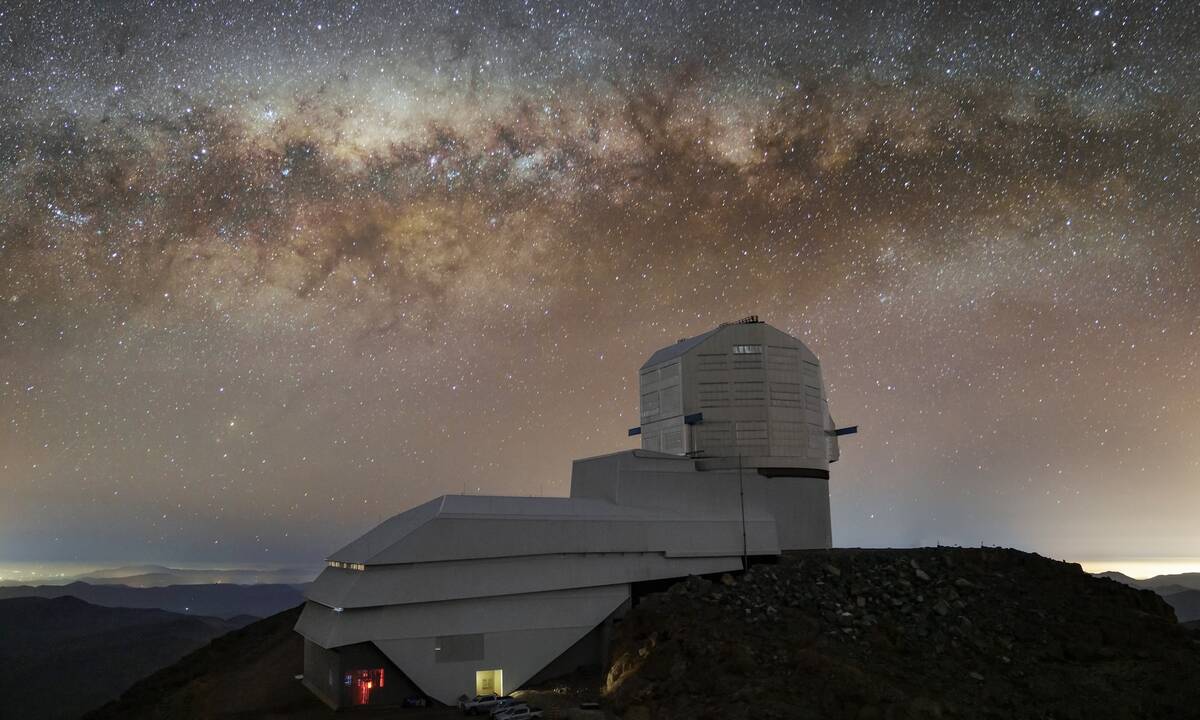
Satellite overload: astronomers look to UN to preserve the night sky
As satellite launches surge toward 1.7 million by 2030, astronomers and space companies are turning to multilateralism to mitigate satellite brightness and radio interference and keep astronomy alive.
…
Continue Reading
-

Satellite overload: astronomers look to UN to preserve the night sky
As satellite launches surge toward 1.7 million by 2030, astronomers and space companies are turning to multilateralism to mitigate satellite brightness and radio interference and keep astronomy alive.
…
Continue Reading
-
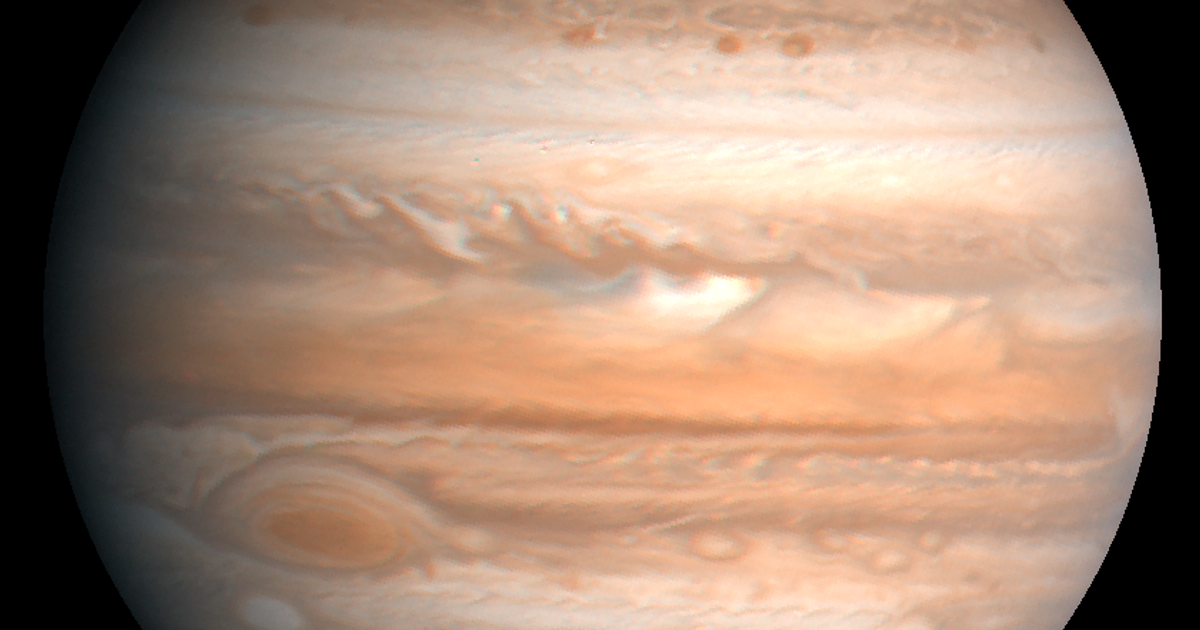
Look up this week for Jupiter :: WRAL.com
Jupiter reaches opposition, the point in its orbit where the planet is opposite the sun in our sky. This brings the gas giant to its closest of the year, making it bright and easy to spot in the evening eastern…
Continue Reading
